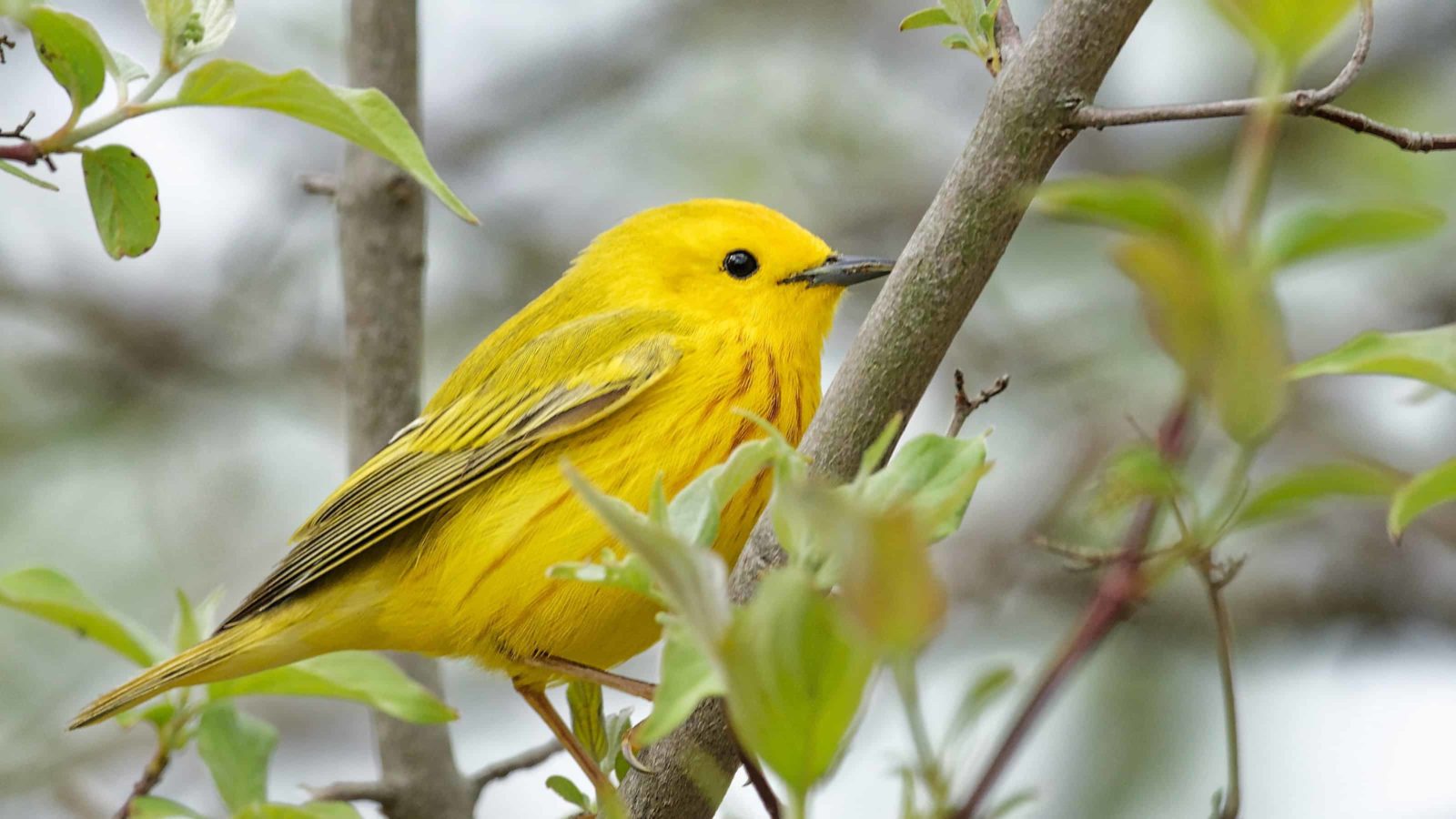May is an exciting month. Black and white warblers return to nearby woodlots, and spring azure butterflies, become common in open deciduous woodlands and old fields that have grown up to shrubs and small trees. Also look for their blue wings along roads and the edges of woods.
*
Jack-in-the-pulpit or Indian turnip becomes common in moist woods. It sends up two stalks, each with three leaves, but most noticeable is the flower, the “pulpit” a modified leaf called the spathe that wraps around and over the “jack” or, botanically, the spadix. Sometimes the red trillium comes up nearby, a single stem with three leaves and flower parts (petals, sepals, etc.) also in threes. Its sometimes putrid odor, that of rotting meat, gives it the name stinking Benjamin, although it does have other, gentler names, like wake robin.
The toothwort, with its deeply cut leaves of white flowers, grows less than foot high in open woods, parks and even cemeteries, and it is now common, having first appeared in late April. And in open fields, look for buttercups beginning to bloom.
*
Mayflies swarm, and on ponds, swamps and along rivers, the herons return. The great blue heron, 50 inches tall when standing upright, reminds us of a Pterodactyl in flight. The great blue and its smaller cousin, the 14-inch green heron, join a small variety of ducks and other waterfowl.
*
The second week of May marks the height of warbler migration. These small, often colorful birds spend most of the year in Central and South America and migrate north about now.
As they wing their way to breeding grounds, they eat insects, often dallying a day or two replenishing their energy reserves, and they are best observed before the leaves are fully out on the trees.
Waves of warblers arrive, often several brilliant colored species together, and they make for an exciting outing around the middle of the month. Look for them almost anywhere, but focus especially on open woods and boundaries between woods and fields. Listen for their often thin, high pitched songs. Each is different.
Some will stay with us to breed, such as the yellow warbler (also called the wild canary) and the common yellowthroat, a small yellow bird with a black mast over its eyes. Others stay briefly as they migrate to the northern forests.
The palm, Connecticut, Cape May and bay-breasted warblers are designated as migrants, because they only pass through the region, and during their brief visit they add to the excitement of spring bird watching. binoculars and a bird guide can help in brushing up.
Now scarlet tanagers and rose-breasted grosbeaks return, singing a song similar to the robin’s. The grosbeak sings like a glorified robin, as if it had music lessons, while the tanager’s song is more nasal, like a robin with a cold.
Catbirds, wood thrushes and veeries are also tuning up. In yards with hedges and unkempt gardens, catbirds may nest and reveal themselves with their meow-like call, while in cool woods the wood thrush welcomes the evening with its melodious song, and its relative, the veery, offers a downward spiraling whistle.
In May, we earn the reward of living in a region that has distinct seasons — find a nearby meadow or woodland or pond, and thrill at the beauty and of life in the Berkshire hills.
*
Three natural places to explore for springtime wildflowers, birds and more:
Field Farm — Sloan Road off of Route 43, Williamstown. 413-298-3239, thetrustees.org
Pleasant Valley Wildlife Sanctuary — 472 West Mountain Road, Lenox. 413-637-0320, massaudubon.org
Bartholomew’s Cobble — Weatogue Road at Ashley Falls, Sheffield. 413-229-8600, thetrustees.org
In the photo at the top, a yellow warbler perches alertly on a branch. (Photo courtesy of Mdf)

